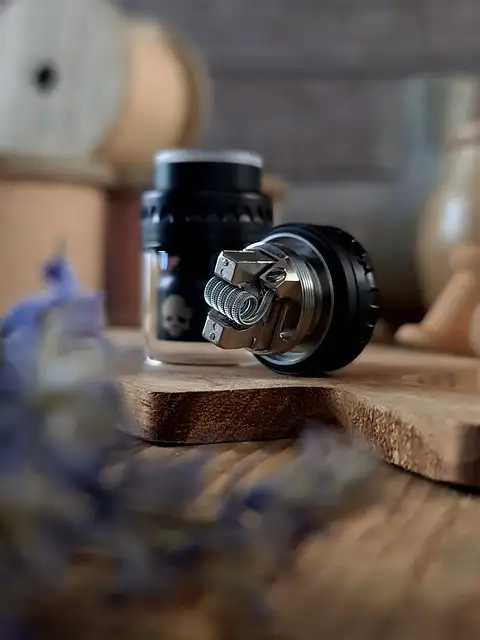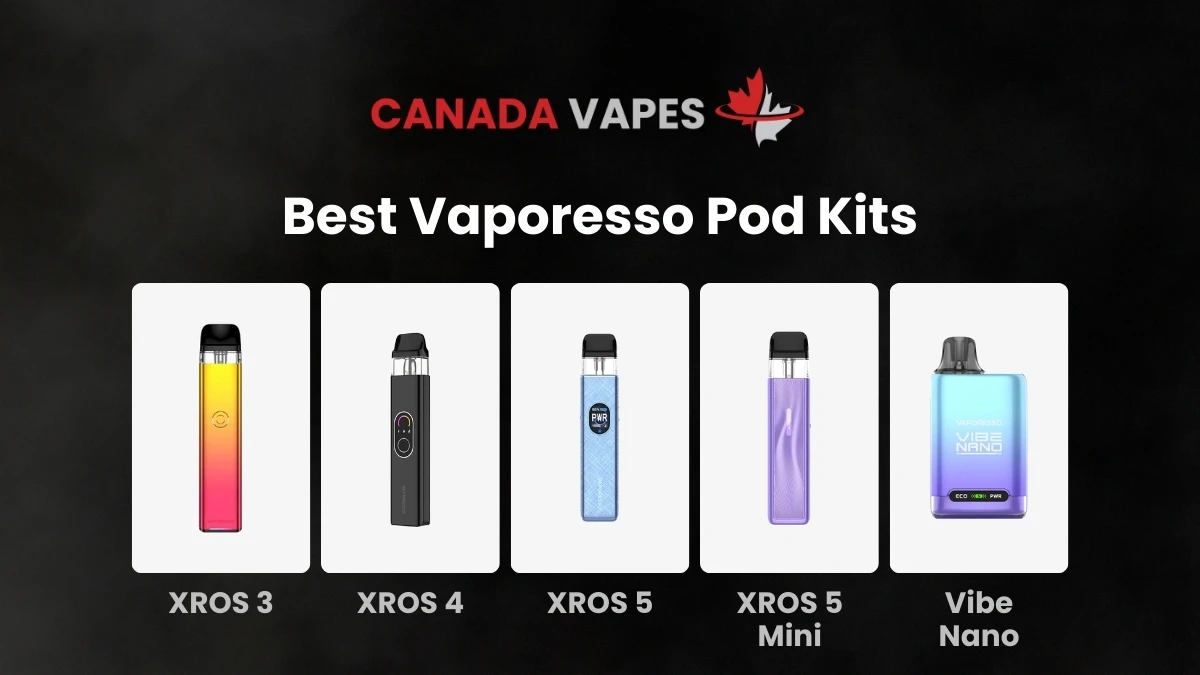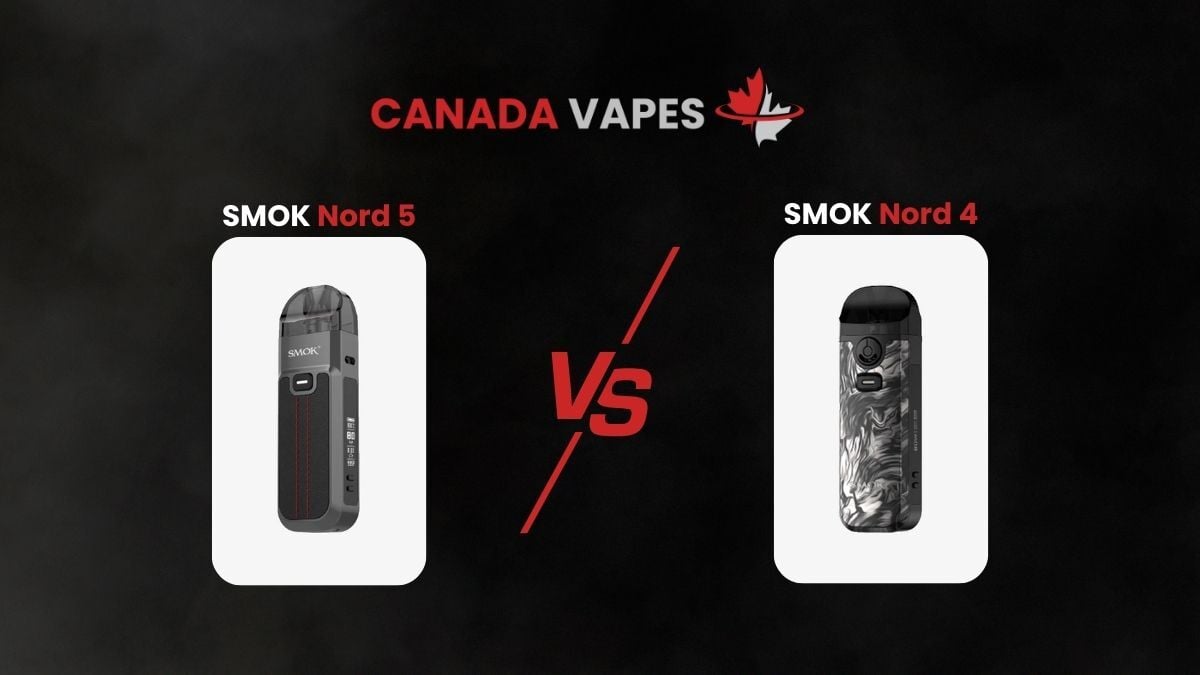If you’ve ever browsed through vape coils or settings on your vaping device, you’ve probably seen the term “ohm” (Ω) listed. But what does it actually mean, and why is it important for vaping? In simple terms, an ohm is a unit of electrical resistance that directly affects how your vape functions, impacting flavour, vapour production, battery life, and even throat hit.
Whether you’re a beginner or an experienced vaper looking to fine-tune your setup, understanding ohm resistance can help you get the best vaping experience. Let’s break it down in an easy-to-understand way!
Understanding Ohms and Electrical Resistance
At its core, resistance (measured in ohms, Ω) refers to how much a coil restricts the flow of electricity from the battery to heat up the coil and vaporize the e-liquid.
- Lower resistance (low ohm) → Allows more current to flow, heating the coil faster and producing more vapour.
- Higher resistance (high ohm) → Restricts current flow, heating the coil slower and producing less vapour.
Think of it like a water pipe: a wider pipe (low resistance) allows more water (electricity) to flow through quickly, while a narrower pipe (high resistance) slows down the flow.
Low-Ohm vs. High-Ohm Coils: What’s the Difference?
Choosing between low-ohm (sub-ohm) and high-ohm coils impacts everything from vapour production to battery usage. Here’s how they compare:
1. Low-Ohm (Sub-Ohm) Coils (<1.0Ω)
✅ Produces bigger clouds – Great for cloud chasers and direct-lung (DTL) vapers.
✅ Delivers warmer vapour and stronger flavour – Works well with high-VG e-liquids.
✅ Requires more power – Higher wattage settings drain the battery faster.
❌ Consumes more e-liquid – Faster vaporization means refilling more often.
❌ Not ideal for nicotine salts – Typically used with lower nicotine strengths.
2. High-Ohm Coils (>1.0Ω)
✅ Provides a tighter draw – Similar to a cigarette, making it ideal for MTL (mouth-to-lung) vaping.
✅ Consumes less power – Helps extend battery life and reduces e-liquid consumption.
✅ Works well with nicotine salts – Best for higher-nicotine e-liquids and smoother throat hits.
❌ Less vapour production – Not the best for those who enjoy big clouds.
❌ Cooler vapour output – Some vapers prefer a warmer vape experience.
How Ohm Resistance Affects Vaping Performance
1. Flavour and Vapour Production
- Lower ohm coils produce warmer vapour and enhance flavour intensity, especially in dessert or creamy e-liquids.
- Higher ohm coils provide a more subtle flavour but are excellent for tobacco and menthol blends.
2. Battery Life and Power Consumption
- Lower resistance = more power needed → Drains the battery faster.
- Higher resistance = less power used → Extends battery life significantly.
3. E-Liquid Consumption
- Sub-ohm coils burn e-liquid faster, so expect more frequent refills.
- High-ohm coils conserve e-liquid, making them cost-effective.
Matching Ohm Resistance to Your Vaping Style
- If you prefer thick clouds and intense flavour, → Use a low-ohm coil (0.5Ω – 0.9Ω) with a higher-wattage device and high-VG e-liquid.
- If you want a cigarette-like experience → Use a high-ohm coil (1.2Ω – 2.0Ω) with a lower-wattage device and nicotine salt e-liquid.
- If you’re looking for a balance of both → A mid-range coil (1.0Ω – 1.2Ω) offers a good mix of vapour production and nicotine satisfaction.
Safety Considerations When Using Different Ohm Coils
Using the correct settings for your coil resistance is critical for safe vaping. Here are some key safety tips:
- Check the recommended wattage range for your coil. Running too much power through a high-ohm coil can burn it out, while not enough power on a sub-ohm coil can cause flooding and leaks.
- Use the right battery for sub-ohm vaping. Low-ohm coils draw more current, so ensure your device supports higher amp limits.
- Monitor your coil condition. Burnt or old coils can produce a harsh taste and harmful compounds, so replace them regularly.
Canadian Regulations on Coil Resistance and Safety
In Canada, vape products must adhere to strict safety and quality regulations, ensuring that coils, batteries, and devices meet high manufacturing standards. Additionally:
- Retailers must provide clear labeling on resistance and power requirements.
- Vaping devices must meet battery safety guidelines to prevent overheating.
- Sub-ohm vaping is more commonly associated with open-system devices, which are subject to specific regulations in certain provinces.
Understanding ohms and resistance is essential for getting the most out of your vaping experience. Whether you enjoy massive clouds, a strong throat hit, or a cigarette-like draw, choosing the right coil resistance plays a crucial role in flavour, vapour production, and battery efficiency.
If you’re unsure which coil to use, experiment with different resistance levels to find what works best for you. Always follow device recommendations to ensure safe and enjoyable vaping.
🔎 Looking for the perfect vape setup? Browse our collection of coils and devices.









